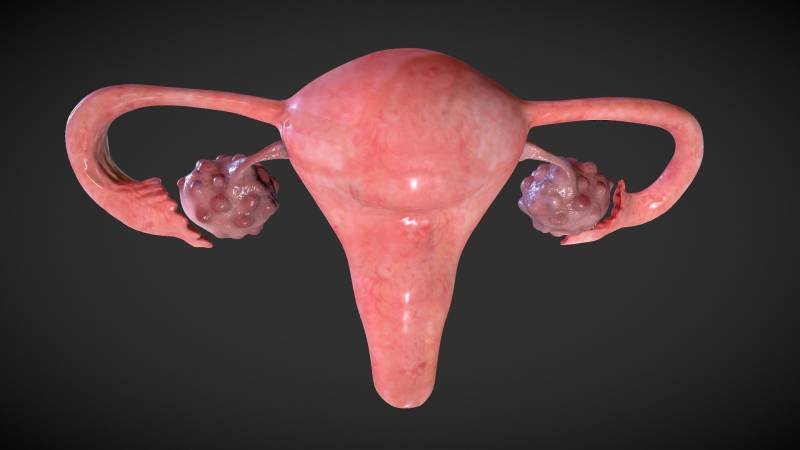Over the past few decades, medicine has made remarkable strides in preventing and treating heart disease, once the leading cause of death worldwide. Thanks to public health campaigns, better access to medications like statins, more accurate diagnostics, and lifestyle shifts, deaths from heart attacks have declined dramatically. But while cardiovascular mortality has plummeted, new health threats are on the rise, quietly replacing heart attacks as the top killers in modern society.
According to the Centers for Disease Control and Prevention (CDC) and global health agencies, chronic conditions such as drug overdoses, suicides, Alzheimer's disease, and lifestyle-related illnesses like diabetes and obesity-driven cancers are rapidly climbing the mortality charts. The shift marks a new era of preventable deaths, often tied to mental health, sedentary habits, ultra-processed diets, and socioeconomic stressors.

Read Also: Preventing Prostate cancer

One of the most alarming changes is the surge in drug-related deaths, particularly in the United States, where the opioid epidemic has escalated into a broader overdose crisis. Synthetic opioids like fentanyl are now responsible for a staggering number of fatalities annually. The rise in overdose deaths has become so significant that it's impacting national life expectancy, especially among adults aged 25 to 54.
In addition, suicide rates are on an unsettling upward trend, especially among young people and middle-aged adults. Social isolation, economic hardship, and untreated mental illness are primary drivers. While awareness campaigns have made progress, access to consistent and affordable mental healthcare remains a challenge in many parts of the world. Another critical factor is the growing toll of neurodegenerative diseases like Alzheimer’s, which have now become one of the leading causes of death in older populations. As people live longer thanks to medical advancements, they face increased risks of cognitive decline. What was once considered a natural part of aging is now seen as a major public health concern. Unfortunately, there is still no cure for Alzheimer’s, and treatment options are limited.
At the same time, lifestyle-related diseases are surging. Diabetes, especially Type 2, continues to rise in prevalence globally, driven by poor diets, obesity, and sedentary behavior. What’s more, certain cancers linked to lifestyle factors—such as colorectal, pancreatic, and liver cancer—are becoming more common, even among younger populations. These diseases are often tied to high sugar intake, alcohol consumption, smoking, lack of exercise, and chronic inflammation. The latest twist in the global health narrative is that many of today’s top killers are largely preventable. Unlike heart attacks, which were often sudden and unpredictable, the emerging causes of death tend to develop gradually, shaped by years of environmental, behavioral, and social patterns. This shift calls for a broader and more integrated approach to health—one that considers not just medical treatment but mental wellness, food systems, social connection, and community support.
Experts warn that if public health systems don’t adapt quickly, the gains made against cardiovascular disease could be eclipsed by rising deaths from newer threats. Policymakers, clinicians, and individuals must now focus on holistic well-being, prioritizing mental health, preventive care, healthier food access, and more active lifestyles. In the end, what’s killing us now isn’t just one disease—it’s a complex web of modern-day pressures, some physical, some psychological, and many entirely preventable. As heart attack deaths continue to fall, the question shifts from how we save hearts to how we save lives holistically—with science, compassion, and sustainable public health strategies leading the way.



